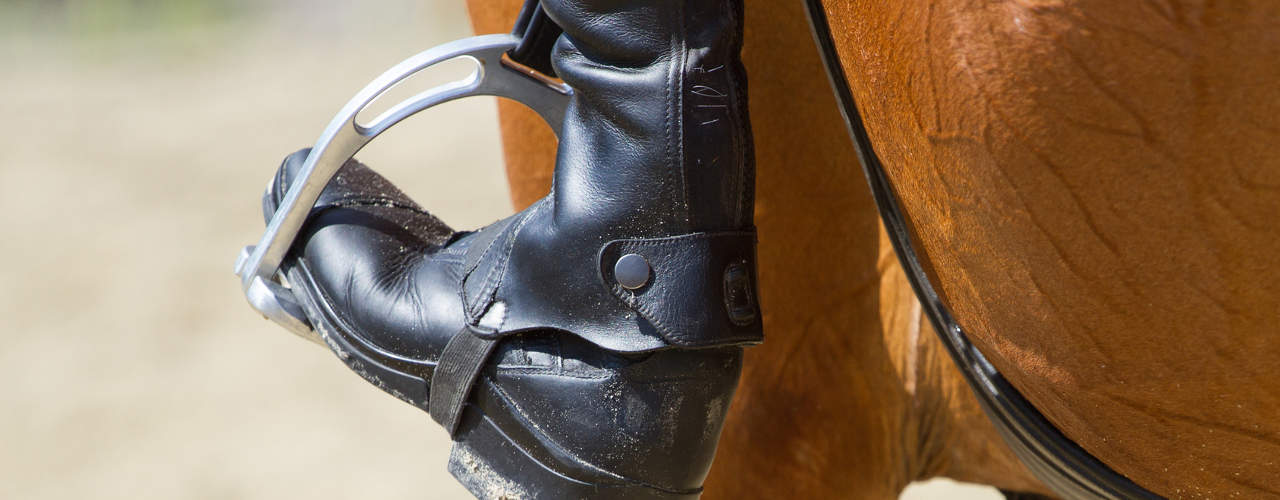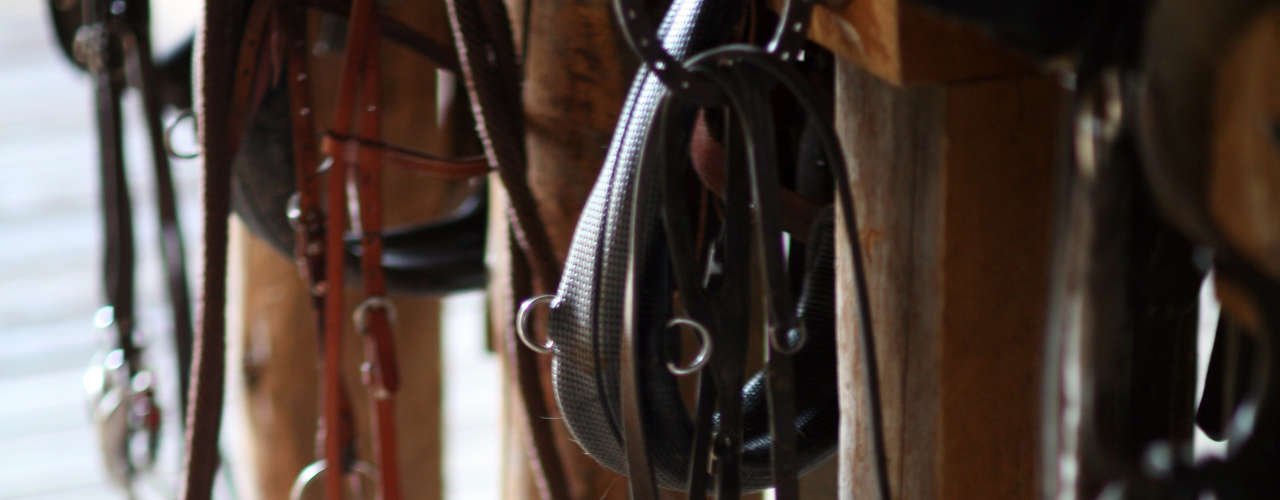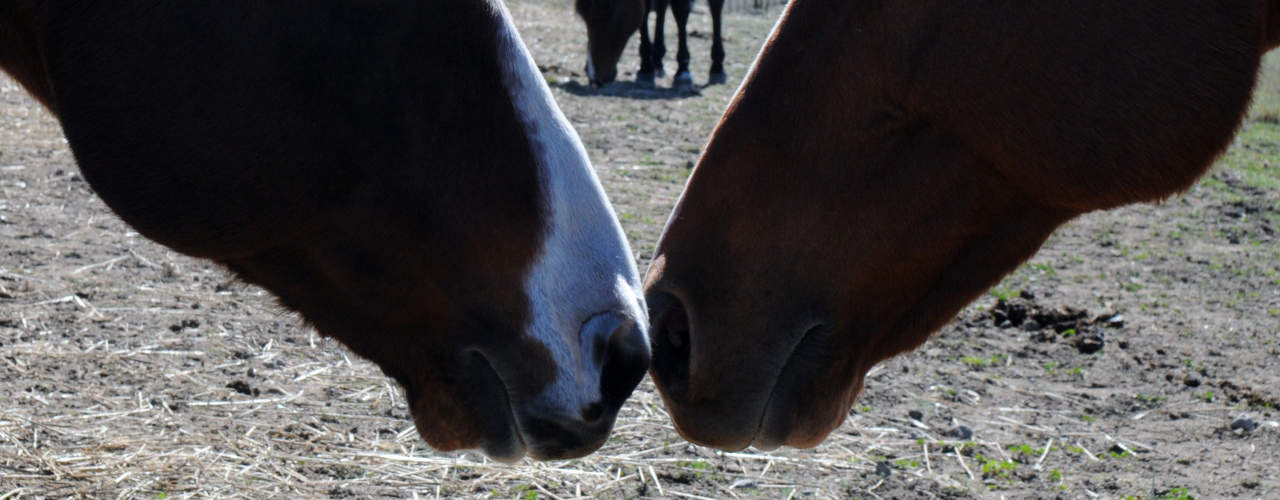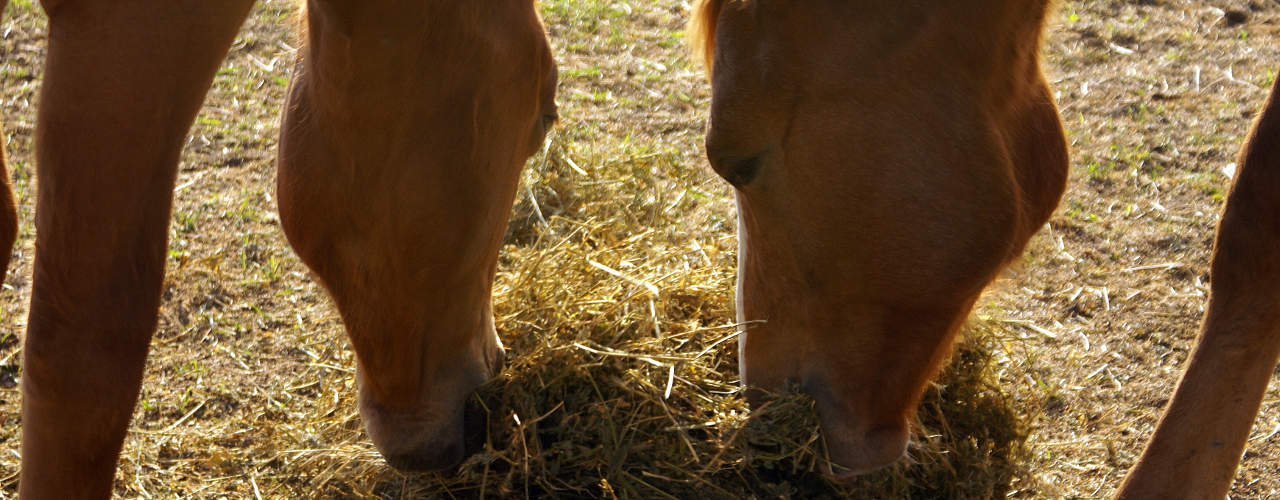Choosing the Best Riding Footwear for You

When you're out hacking around, comfort is an important consideration, starting with your feet. Read on to learn which riding footwear will work best for you.
Would you hike mountain trails in too-tight boots?
Maybe run for miles in trainers that lack proper support?
Or mill about town on a wintry Saturday morning in flimsy sandals?
Of course not. Because doing so would mean discomfort or even injury.
Likewise, you shouldn't hack in running shoes, fashion boots, or whatever else is sitting in your wardrobe that you think might pass for equestrian. Even if you ride only for recreation and only on occasion, you will be wise to invest in proper riding footwear.
But don't worry! There are options for every taste, budget, and body.
Ready to learn more about what you should consider when choosing riding footwear? Keep reading, and get ready to hack in comfort -- and style.
Why are riding boots essential?
We know what you're thinking: Are you sure my trusty Nikes won't work for a casual weekend hack? Or that pair of hiking boots I wore that one summer abroad?
The answer to both these questions is no.
Here's why: the stirrups.
The same thick treads and wide, rounded toes that protect your joints when you're pounding the pavement or traversing rock-laden terrain will also make it difficult for you to mount and dismount your horse.
On a good day, these types of shoes will make you appear uncoordinated. On a bad day, they could cause you to get stuck in the stirrup, twist an ankle -- or worse. Proper footwear is even recommended as a safety precaution for preventing horse-related traumatic brain injuries.
Wide, thick shoes should be avoided because they can get stuck in the stirrups. However, thin, flat footwear styles pose a different danger: They can easily slip through the stirrup, which in the worst-case scenario, would result in you being dragged behind your horse.
For these reasons, it's best to choose a riding-intended boot, one that has a low tread and about a 2.5- to 3-centimeter heel, slim enough to extract easily, yet chunky enough to hold its own against the stirrup.
One last note on heel height: You can easily imagine why fashion boots, which often have higher heels, would be inappropriate for hacking. It's hard enough to walk in those things down the street, let alone in the stables.
More reasons for purchasing proper riding footwear
Many riding boots are waterproof, perfect for the rainstorms, puddles and mucky areas you're sure to encounter in your hack. Just as wet feet can ruin a walk about town, they're equally miserable on a country ride.
Riding boots are also equipped with steel toes. Trust us, don't learn the hard way that having a 1,000-kilogram horse step on your foot is unforgettably painful.
Go Long ... Or Short
Once you've committed to purchasing the proper riding footwear for your hacks in the country, you'll find that you have a big decision: tall boots or jodhpur boots?
Your choice will come down to your personal preference, so the best advice is to go shopping, try on the various styles, take a stroll, and see what strikes your fancy.
There are many reasons why tall boots are so readily associated with horse riding. They have been in style since the mid-1700s, after all.
But in addition to their iconic look, tall books also offer superior ankle support as well as protection from the chafing of the saddle or scrapes and cuts from twigs and branches along the riding trail.
However, you, as many other have, may find that tall boots are too hot and restrictive for your comfort. If this is the case, jodhpurs are an appealing alternative.
These are ankle-height boots that are available with many of the features of their tall counterparts, such as waterproof finishes and steel toes, but their low-profile design makes them ideal for year-round use, even during the warmest summer days.
Chaps and gaiters are easily worn with jodhpurs when additional protection from the elements is needed and when you might desire the look of a tall boot.
Beyond the Obvious
If you're just getting in to riding, you might not be ready to go full-on equestrian with your riding footwear selection. Or, you may simply be struggling to find a tall or jodhpur boot that's more "you."
In these cases, another great option is country boots, which offer the low tread and heel you need for safety, as well as durability and ruggedness required for long afternoons in the saddle, but also a broader range of styles and finishes.
Church Equestrian is currently stocking versions with laces, plaid, and two-tone color schemes.
Country boots are equally suited to jaunts to the corner store or local park, making them not just an investment in your hacking hobby but also a versatile, and sure-to-be-appreciated addition to your footwear collection.
Picking the Perfect Pair
When making your riding footwear selection, as with any pair of shoes, you will want to consider comfort, style, and, of course, price. The last factor will largely be determined by the material with leather costing more than canvas or synthetics, and brand.
Whatever you decide, you will be grateful you chose to leave the trainers in your gym bag, your hiking boots in their box, and your trendy, 4-inch fashion boots in your wardrobe.
Riding footwear is just one element of essential riding gear. You'll also want to invest in a riding hat for safety, gloves to prevent your fingers from slipping on the reins, and jodhpurs or breeches for protection from rubbing.
Additional wardrobe considerations are necessary depending on the weather, especially during the winter months. And not just for you, but for your horse, too!
They say clothes make the man, but clothes make the rider -- and more important, your riding experience -- too. You're bound to encounter the unexpected on your hacks in the countryside -- for some that's the very point. Investing in the right gear will help you endure, and enjoy, whatever comes your way.
What boots do you recommend? What should new riders know before they buy? Leave your comments below, and help others hack happily.




